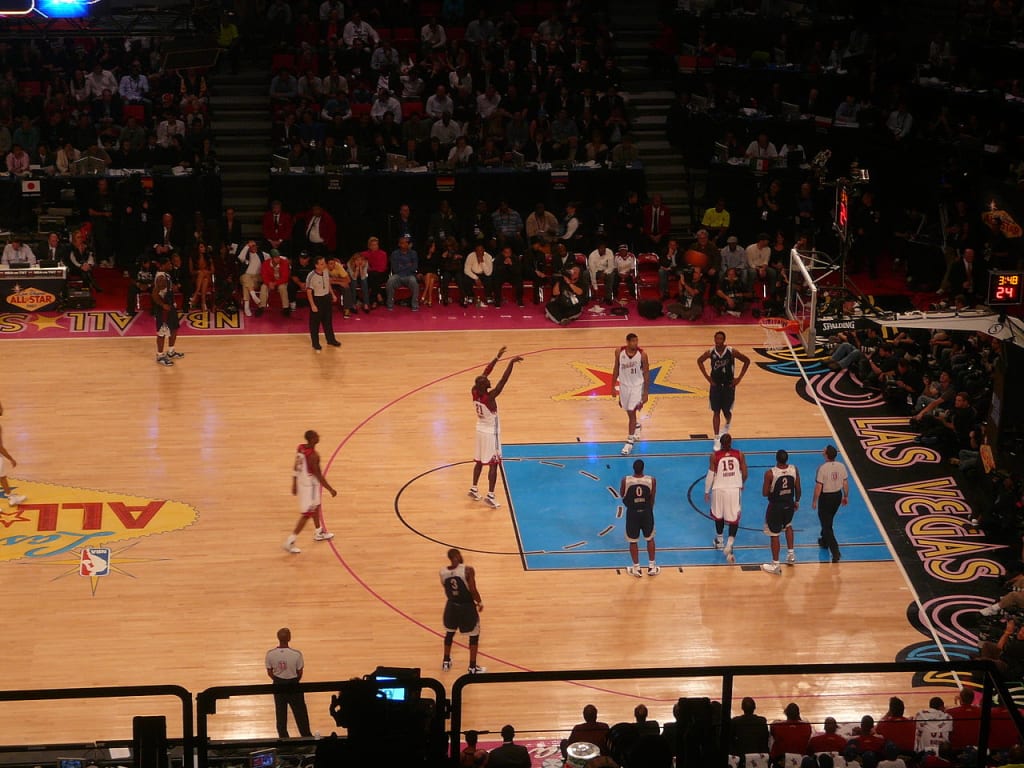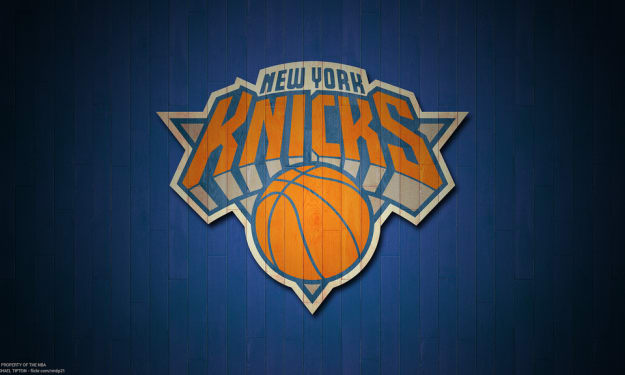NBA Shows Where Its Target Market Is, and It’s Not You
The NBA is now king of the kids.

I’d been suspecting for a while that I’m now in the older demographic of NBA fans, despite not exactly being old.
This week, the League confirmed my suspicions, announcing they had made big changes to the All-Star Game format. For the first time in 67 years—the first time ever, actually—the Eastern Conference will not be playing the Western Conference.
The NBA has traded in perhaps its oldest tradition for a millennial-driven social experiment, where two “captains” (the two highest vote-pollers in each conference) will pick their teams. In the process, it made a statement—you, the person reading this article, the informed fan—are no longer the target market.
For years, the NBA has dealt in the incredible natural drama generated by the continual flux of rosters and shifting conference powers.
The equation was simple. Spread out a bunch of highly motivated and confident young men among 30 of the League’s teams, and sit back and watch the tide roll in.
It now trades in a different currency. Making the NBA go ‘round these days is who has wronged who, who wants to get his shots on another team, who said what on social media, and who can stockpile the most ammunition for April and May.
Credit due to the League. It knows this. It is aware the average age of its viewership has been getting younger since the turn of the decade.
The process truly accelerated when Adam Silver replaced David Stern as NBA commissioner in February 2014—the old replacing the new.
This was always likely to be Silver’s M.O. After all, he previously served as President and Chief Operating Officer of NBA Entertainment, which was Stern’s ingenious precursor to self-promotion in the social media age.
Since the change, Silver has been finishing what Stern identified and started. Irrespective of, and oftentimes in spite of product, the NBA is now the king of self-promotion.
The League read the tealeaves on the future of sports to perfection, and this change to the All-Star Game is just another manifestation of that mission.
When NBA fans of my youth were growing up, the questions asked were those such as, “How can we contribute to better basketball?” Now, the only queries governing the League’s direction is, “How can we most contribute to the League’s social currency?” Hey, at the end of the day, they’re selling a product.
To be fair, the All-Star Game absolutely needed to change. In its current format, the game had become dull, and not something I looked forward to or tuned into.
Again though, were the NBA considering the former question as opposed to the latter, the historical integrity of the ASG may have been able to be saved, as opposed to scrapped altogether. However, the obvious pivot point when the game became about the fan and not the basketball was when the selection process became based on voting.
Let’s give the League some credit though. This change is also primarily based on another overarching pillar of proactivity, which is one of the many benefits to the new Silver regime.
Where Stern was more conservative, content to let certain situations fester for reasons only of resisting change (four lockouts in five years), Silver’s NBA is largely based around changing what it can change easily. Sometimes, when those changes are geared around the basketball, it is a brilliant quality the fifth Commissioner of the NBA brings to his post. However, when they’re geared too far toward what the League can gain off the court, we get these results.
Oh well. Maybe I’m getting a little too old and crotchety before my time. Admittedly, the last few weeks, I’d been giddy at thinking we may get a 250-150 final scoreline in an Eastern vs. Western ASG.
Let’s move to the other train of thinking, though. Now that change has been instituted, why stop here? Why have two teams when we could have three, or four, or five?
Why not have the festivities in a weekend-long tournament style? That’s sure to rile up plenty of passion among participants for their far more intimate, self-selected teams.
Besides, given the League has shown it does not care for conferences, so why are we insisting on 12 participants from each? Why not the 24 best players in the NBA (as voted by the fans, of course)?
I’m sorry if these suggestions are awful. I’m doing my best to think progressively about a league I once cared a significant deal about.
I guess it’s a league just not geared towards me any more.
About the Creator
Myles Stedman
Journalist at Rugby.com.au | NEAFL media team
Contributor at Zero Tackle, RealSport, The Unbalanced, FanSided, Last Word on Hockey and SB Nation.






Comments
There are no comments for this story
Be the first to respond and start the conversation.